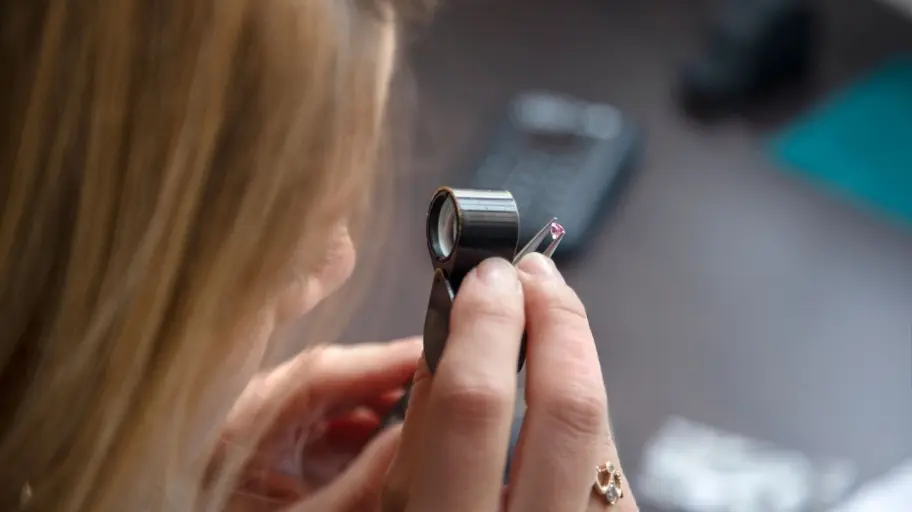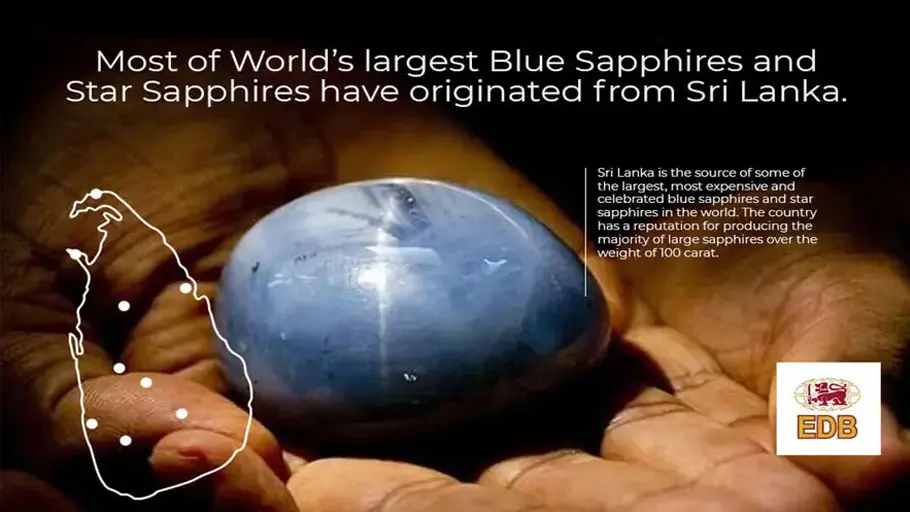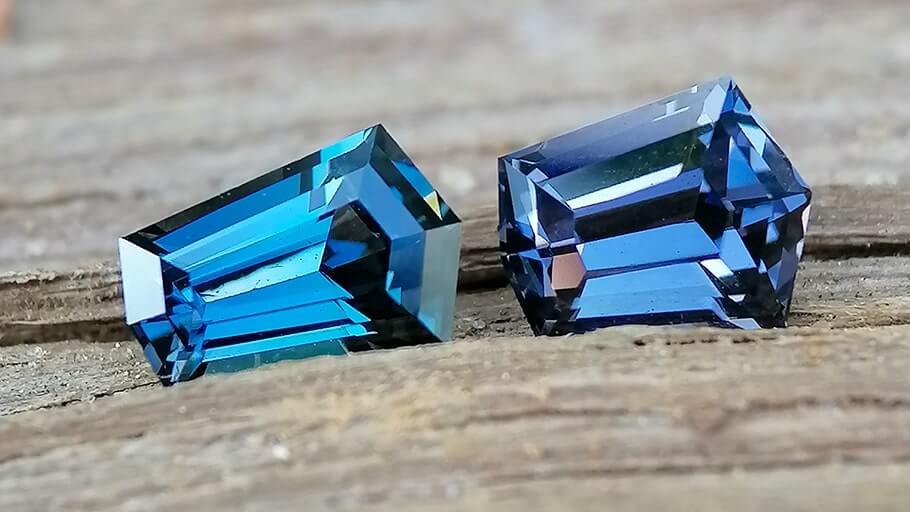
How to select quality gemstones and gemstone jewelry
How Gemstones Are Graded
Gemstone Color
Most colored gemstones derive their beauty from their color – purples, blues, greens, yellows, oranges, reds. Three factors relate to a gemstone’s color:
Hue: the pure color on the spectrum, describes the dominant color and any additional colors visible in a gem.
Tone: the lightness or darkness of a color. In the GIA color-grading system, tones range from very light to very dark.
Saturation or intensity: is the purity of the hue.
When buying colored gemstone jewelry, select what you consider beautiful. Because of the subtle differences in the tone and hue of the colored gemstone you are considering, look at several to find the one you prefer. Each gem variety has an optimal hue, tone and saturation. And some customers may prefer lighter saturated gems and some may like higher saturated gems, therefore it is the personal preference. We can show you and explain the how gemstones each exhibit their optimal color.
Gemstone Cut
Gem cutters work to achieve a pleasing and affordable mix of color, weight and a safe shape for mounting. During creation, a gemstone’s size is constrained by nature. For example, while large and beautiful amethysts are readily available, an alexandrite or a Sapphire of large size is extremely rare.
Sparkle adds to the beauty of a well-cut colored gemstone. The cut of a colored gemstone describes its shape and how it is fashioned. Some gemstones, such as opal, are suited to a smooth, rounded surface. Others, such as sapphire, are more frequently shaped with a precise series of flat, symmetrical planes, called facets, which make the most pleasing illumination of the gem’s color. Some cutters today may also use modern fancy, convex or concave facets or shaping colored gemstone like small sculptures.
It is important that a faceted Gem is not windowed, means that the gemstones shall bear a full internal light performance. Therefore, the value of a gem shall greatly depend on the cutting quality of a gem as well. However, in modern gemstone cutting, some gems are purposely windowed with flat cuts known as portrait cuts or rose cuts which are also preferred among clients.
Gemstone Clarity
The clarity of colored gemstones contributes to their beauty. Unless a gemstone is opaque and blocks all light, how light moves through the gemstone affects its beauty. Some gemstones have few natural internal inclusions to interrupt the passage of light but may not affect the beauty of the gemstone. Others have characteristic inclusions. For example, some emerald has a “jardine” (garden), which makes each gem truly unique. It is to be noted that some gems have specific inclusions which are more unique to its varieties such as the horsetail inclusions in Russian Demantoid Garnets. Thus, inclusions provide a unique character to the gem. However, gems with very slight inclusions are called as slightly included in the trade, gems with no internal visible inclusions to the naked eye are called as eye clean and if they are not visible to the standard 10x loupe they are called as loupe clean. There shall be a price variation between these categories.
Gemstone Size
Gemstone Durability
A gemstone’s ability to be fashioned, mounted and worn is a function of how durable it is – a matter of both hardness and toughness. Some gemstones, such as sapphire, ruby, spinels and garnet, are well-suited to an active daily life and work well in rings, bracelets or cufflinks. Others, such as emeralds, pearls and opals call for earring or necklace mountings to keep them beautifully displayed but out of harm’s way. Typically, gemstones are graded for its hardness on the Moh’s scale. In general, gemstones above 8 on the scale are much preferred for daily wear jewelry.
Gemstone Enhancements
In certain colored gemstones color occurs naturally. Satisfying hues are intrinsic in some garnets, for example. In other colored gemstones, the final color occurs with assistance. For nearly as long as people have worn rubies, we have known how to treat a rough ruby with heat to obtain a desirable red color. Not all rubies are heat treated, but the vast majority are. Because of their rarity, gemstones in which color is naturally occurring are generally more valuable.
Many gemstones are treated or enhanced in some way, such as with heat or safe irradiation, to achieve the beautiful colors or clarity we desire in the sizes we desire. These gems, which are less rare, can also be very valuable. Some jewelers make synthetic colored gemstones available. Synthetic colored gemstones have all the optical, physical and chemical properties of naturally occurring gemstones, but they are created in a laboratory rather than occurring in nature.
Buying Colored Gemstone Jewelry – the basics
When selecting colored gemstone consider the following:
- Do you love the color?
- What variety is the gem?
- Does the gemstone have brilliance and fire?
- Does the size match?
We offer loose colored gemstones and will help you create a personalized mounting. You may prefer to buy a finished jewelry item. Discuss how you see yourself wearing the piece so that we can help you select mountings consistent with your lifestyle. This will provide the best safeguard for your purchase.
You have the right to know what you are buying, whether it is a natural gemstone, an enhanced or treated gemstone, or a synthetic gemstone. The Federal Trade Commission (FTC) has established guidelines for the jewelry industry stating that jewelers must disclose any treatment that is not permanent, that creates special care requirements, or that affects the gemstone’s value. Likewise, if a material is synthetic, it must be disclosed. Jewelers, who are members of reputed trade organizations, uphold a high code of professional practices and commit to disclosing all such information, in the belief that a well-informed jewelry purchaser is a satisfied purchaser.
Gemstone and Jewelry Reports
Gemstones should accompany a lab certification from a reputed and a reliable gem lab. The most common Lab we use shall be GIA, AGL or other reputed labs to guarantee its state. In addition, to give you the information you need, many jewelers provide written notice at the time you buy a gemstone by way of a note or code explaining your purchase. This information is written or stamped on the invoice or on an information card enclosed with your purchase.





